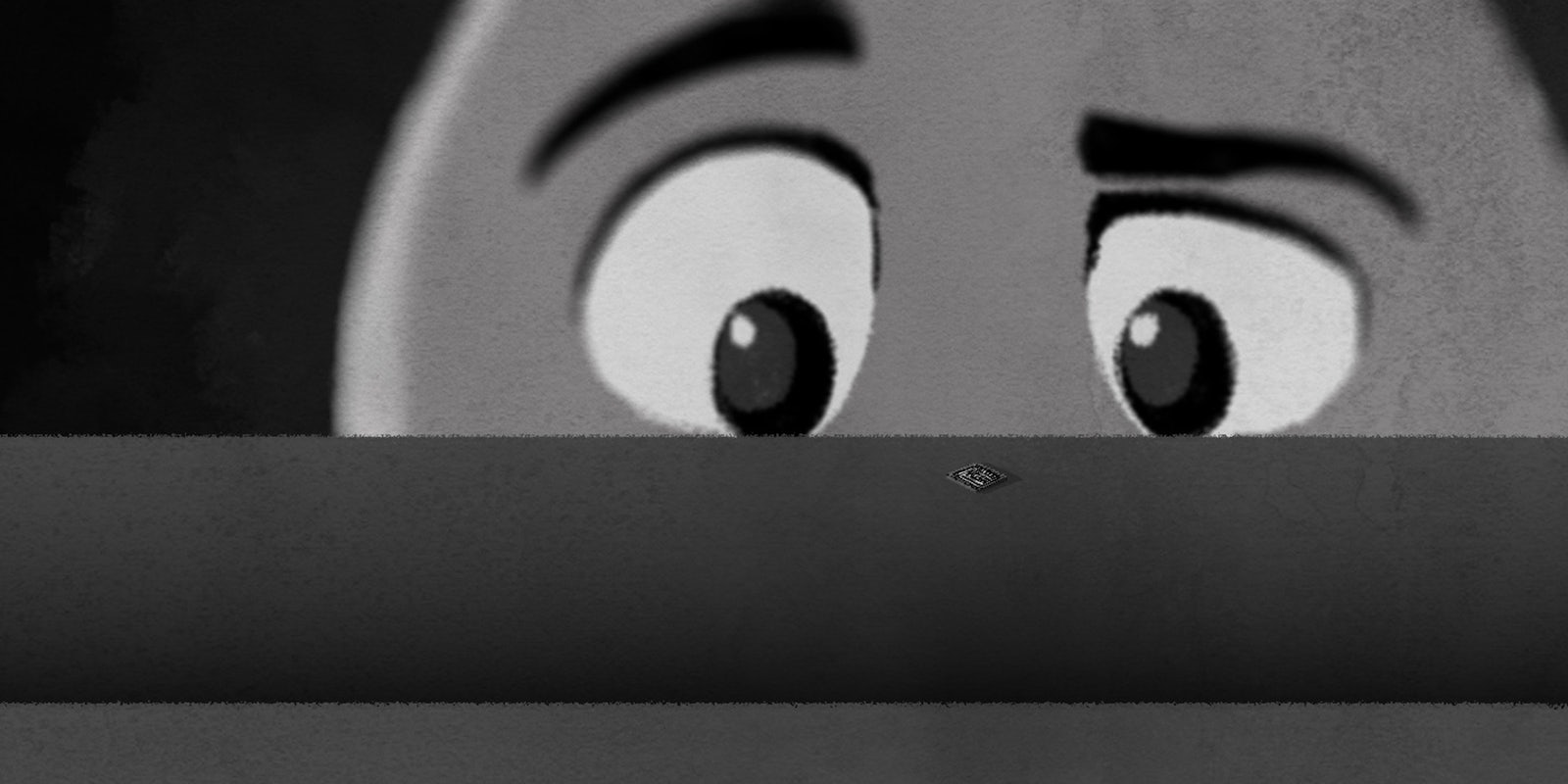Pennies might cost more to make than they are actually worth, but a new super-small processor chip that costs just one cent might finally make the penny worth something again.
The nanoCloudProcessor, developed by Vancouver, British Columbia-based technology company Epic Semiconductors, is no bigger than a speck of dust—it’s less than one square millimeter in size—and will cost just one penny. The external sensor will be well worth the price, as the peripheral chip can measure just about anything you throw at it.
The battery-free sensor can derive power from a variety of conductive surfaces, from polymers to rubber and even human skin. Wireless energy harvesting allows it to suck up power even when its 12 inches away from an energy source.
As it powers itself, the low-consumption chip will be able to sense human action with three-dimensional, multi-step gestures performed at up to two feet away.
The nanoCloudProcessor will also be fully connected, capable of communicating with other microchip-equipped devices like smartphones, smartwatches, computers, cars, home appliances, game consoles, and medical devices.
Potential applications for the nanoCloudProcessor are extensive and widely varied. Epic Semiconductors is positioning it as a do-all sensor for the Internet of Things. The company suggests it can do everything from check the freshness of food inside a refrigerator to sense a potential allergen that may be harmful to a consumer.
It will also be equipped to monitor vital signs and perform biochemical analysis when worn on the skin, making it an ideal application for health and fitness accessories.
Quantifying everything the nanoCloudProcessor is capable of is difficult; it can process more than 5,000 ingredients in under two minutes, and each one of those individual items identified by the sensor presents the possibility for a unique use. In hopes of unlocking the potential of the tiny chip, Epic Semiconductors is providing a free license to strategic partners to develop new applications.
H/T Portland Business Journal | Illustration by Max Fleishman


